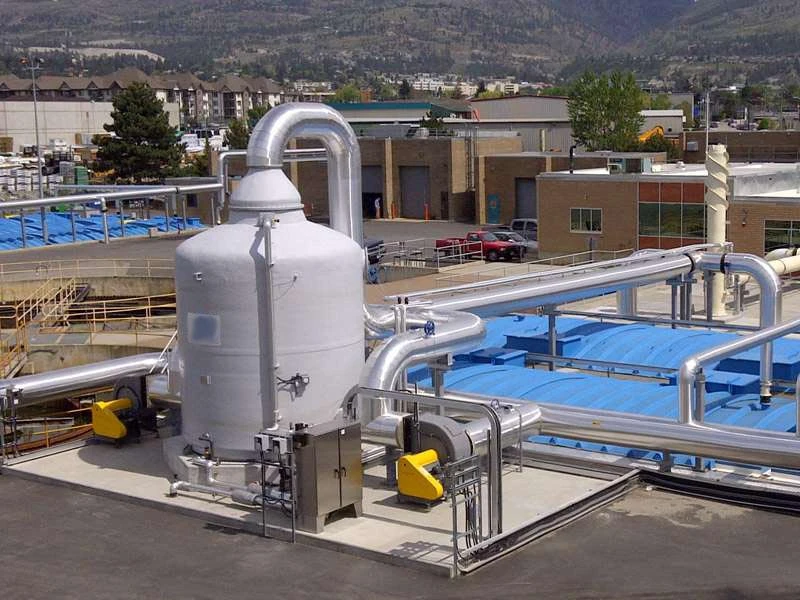
-
 Afrikaans
Afrikaans -
 Albanian
Albanian -
 Amharic
Amharic -
 Arabic
Arabic -
 Armenian
Armenian -
 Azerbaijani
Azerbaijani -
 Basque
Basque -
 Belarusian
Belarusian -
 Bengali
Bengali -
 Bosnian
Bosnian -
 Bulgarian
Bulgarian -
 Catalan
Catalan -
 Cebuano
Cebuano -
 China
China -
 China (Taiwan)
China (Taiwan) -
 Corsican
Corsican -
 Croatian
Croatian -
 Czech
Czech -
 Danish
Danish -
 Dutch
Dutch -
 English
English -
 Esperanto
Esperanto -
 Estonian
Estonian -
 Finnish
Finnish -
 French
French -
 Frisian
Frisian -
 Galician
Galician -
 Georgian
Georgian -
 German
German -
 Greek
Greek -
 Gujarati
Gujarati -
 Haitian Creole
Haitian Creole -
 hausa
hausa -
 hawaiian
hawaiian -
 Hebrew
Hebrew -
 Hindi
Hindi -
 Miao
Miao -
 Hungarian
Hungarian -
 Icelandic
Icelandic -
 igbo
igbo -
 Indonesian
Indonesian -
 irish
irish -
 Italian
Italian -
 Japanese
Japanese -
 Javanese
Javanese -
 Kannada
Kannada -
 kazakh
kazakh -
 Khmer
Khmer -
 Rwandese
Rwandese -
 Korean
Korean -
 Kurdish
Kurdish -
 Kyrgyz
Kyrgyz -
 Lao
Lao -
 Latin
Latin -
 Latvian
Latvian -
 Lithuanian
Lithuanian -
 Luxembourgish
Luxembourgish -
 Macedonian
Macedonian -
 Malgashi
Malgashi -
 Malay
Malay -
 Malayalam
Malayalam -
 Maltese
Maltese -
 Maori
Maori -
 Marathi
Marathi -
 Mongolian
Mongolian -
 Myanmar
Myanmar -
 Nepali
Nepali -
 Norwegian
Norwegian -
 Norwegian
Norwegian -
 Occitan
Occitan -
 Pashto
Pashto -
 Persian
Persian -
 Polish
Polish -
 Portuguese
Portuguese -
 Punjabi
Punjabi -
 Romanian
Romanian -
 Russian
Russian -
 Samoan
Samoan -
 Scottish Gaelic
Scottish Gaelic -
 Serbian
Serbian -
 Sesotho
Sesotho -
 Shona
Shona -
 Sindhi
Sindhi -
 Sinhala
Sinhala -
 Slovak
Slovak -
 Slovenian
Slovenian -
 Somali
Somali -
 Spanish
Spanish -
 Sundanese
Sundanese -
 Swahili
Swahili -
 Swedish
Swedish -
 Tagalog
Tagalog -
 Tajik
Tajik -
 Tamil
Tamil -
 Tatar
Tatar -
 Telugu
Telugu -
 Thai
Thai -
 Turkish
Turkish -
 Turkmen
Turkmen -
 Ukrainian
Ukrainian -
 Urdu
Urdu -
 Uighur
Uighur -
 Uzbek
Uzbek -
 Vietnamese
Vietnamese -
 Welsh
Welsh -
 Bantu
Bantu -
 Yiddish
Yiddish -
 Yoruba
Yoruba -
 Zulu
Zulu
Enhanced Performance of FRP Clarifiers for Efficient Water Treatment Solutions
Understanding FRP Clarifiers A Key Component in Wastewater Treatment
In the quest for sustainable water management, advancements in technology have led to the development of various effective solutions for treating wastewater. One significant innovation in this field is the FRP (Fiber Reinforced Plastic) clarifier. These clarifiers play a crucial role in the sedimentation process, enhancing the efficiency and reliability of water treatment systems.
What is an FRP Clarifier?
An FRP clarifier is a specialized tank or basin that utilizes fiber reinforced plastic materials for construction. These clarifiers are designed to separate solids from liquids in wastewater treatment, a process essential for ensuring clean water is returned to the environment or reused. The FRP material is praised for its lightweight nature, durability, and resistance to corrosion, making it an ideal choice for environments where traditional materials may fail.
The Working Mechanism
The operation of an FRP clarifier involves the flow of wastewater into a designated settling area. As the water enters the clarifier, its velocity is reduced, allowing suspended solids to settle at the bottom of the tank due to gravity. This settled sludge is then periodically removed to ensure efficient operation. The clear liquid that emerges from the top can be further treated or released, depending on the treatment goals.
The design of FRP clarifiers may vary, but they often feature a large surface area to increase the settling capabilities. Baffle systems and weirs are also commonly integrated into the design to promote calm water conditions and enhance sedimentation.
Advantages of FRP Clarifiers
frp clarifier

1. Corrosion Resistance One of the most significant advantages of FRP is its resistance to corrosive substances commonly found in wastewater. This allows for a longer lifespan and reduced maintenance costs compared to metal clarifiers that may succumb to corrosion over time.
2. Lightweight and Easy Installation The lightweight nature of FRP allows for simpler transportation and installation compared to traditional materials. This can lead to reduced labor costs and shorter project timelines.
3. Customizability FRP clarifiers can be manufactured to a variety of shapes and sizes, accommodating specific needs for different treatment facilities. This versatility makes them suitable for both small and large-scale operations.
4. Energy Efficiency With proper design, FRP clarifiers can promote natural sedimentation, reducing the need for additional energy inputs for mechanical processes. This not only lowers operational costs but also decreases the carbon footprint of wastewater treatment plants.
Applications in Wastewater Treatment
FRP clarifiers are employed in a variety of settings, ranging from municipal wastewater treatment facilities to industrial applications. They effectively treat wastewater generated from various industries, including food processing, pharmaceuticals, and manufacturing, before it is released back into the environment or reused.
Conclusion
As the demand for clean water continues to grow alongside environmental challenges, innovations like FRP clarifiers are essential in modern water treatment solutions. Their unique properties and advantages make them a valuable asset in preserving water quality and promoting sustainable practices. By investing in technologies such as FRP clarifiers, we can take significant steps toward a more sustainable future, ensuring the availability of clean water for generations to come.
Latest news
-
Exploring the Benefits of Top Hammer Drifter Rods for Enhanced Drilling PerformanceNewsJun.10,2025
-
High-Precision Fiberglass Winding Machine for GRP/FRP Pipe Production – Reliable & Efficient SolutionsNewsJun.10,2025
-
FRP Pipes & Fittings for Shipbuilding - Corrosion-Resistant & LightweightNewsJun.09,2025
-
Premium FRP Flooring Solutions Durable & Slip-ResistantNewsJun.09,2025
-
Premium Fiberglass Rectangular Tanks Durable & Lightweight SolutionNewsJun.09,2025
-
Tapered Drill String Design Guide Durable Performance & UsesNewsJun.09,2025









